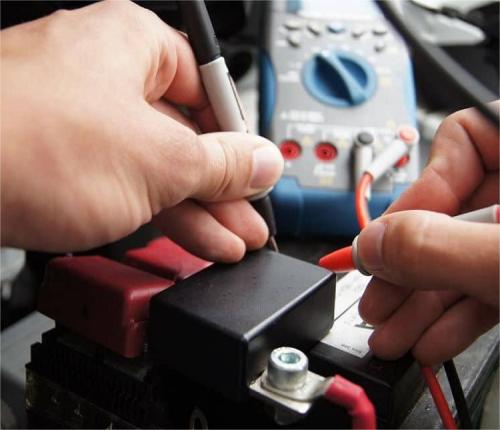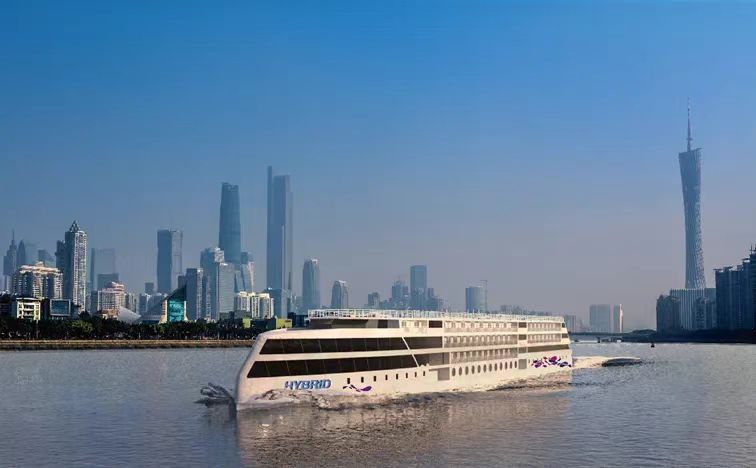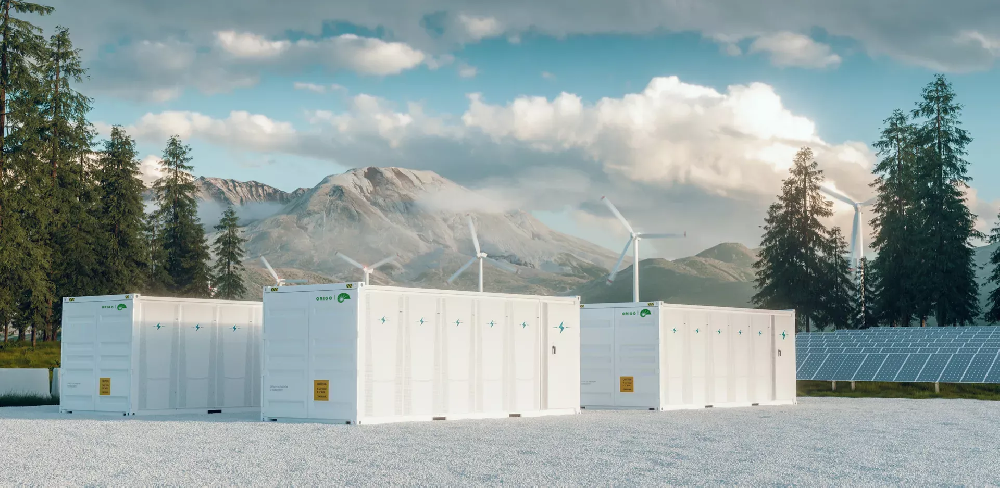Lithium-Ion Battery Care Guide
In recent years, the global maritime industry has been undergoing a significant transition toward cleaner and more sustainable energy sources. Lithium Iron Phosphate (LiFePO₄) batteries, commonly referred to as LFP batteries, have emerged as a promising solution for ship electrification, due to their inherent safety features, long cycle life, and environmental benefits. However, integrating battery systems into maritime vessels poses unique challenges, particularly with regard to safety. This article provides an in-depth analysis of the safety aspects of LFP battery applications in marine environments, exploring the advantages, potential risks, and mitigation strategies.
Advantages of LFP Batteries in Marine Applications
1. Enhanced Safety Profile
One of the primary reasons for the adoption of LFP batteries in marine vessels is their superior safety characteristics compared to other lithium-ion chemistries. LFP batteries are thermally stable, meaning they are less prone to overheating, combustion, or thermal runaway—a critical concern for maritime operations. This stability is crucial for ensuring the safety of both passengers and crew in the confined spaces of a ship, where the risk of fire or explosion can have catastrophic consequences.
2. High Thermal and Chemical Stability
LFP batteries have excellent thermal stability, maintaining structural integrity even under extreme operating conditions. Their chemical composition resists decomposition at high temperatures, reducing the risk of hazardous reactions. This makes them suitable for the unpredictable conditions that marine environments often present, such as exposure to high humidity, saltwater, and temperature fluctuations.
3. Long Cycle Life
The long cycle life of LFP batteries also enhances operational safety by reducing the frequency of replacements and minimizing maintenance interventions. In marine settings, where access to battery systems may be limited or difficult, a long-lasting and reliable power source reduces the need for frequent handling, lowering the risk of accidents or system failures.
4. Environmentally Friendly
In addition to safety benefits, LFP batteries offer environmental advantages, as they contain no toxic heavy metals such as cobalt or nickel. This is especially relevant for marine applications, where the potential for environmental contamination due to battery failure is a critical concern. The reduced environmental impact of LFP batteries aligns with the broader industry goal of reducing the maritime sector’s carbon footprint and minimizing pollution.
Potential Safety Risks and Challenges
Despite the advantages, the deployment of LFP batteries in marine vessels is not without risks. Understanding these risks is essential for implementing appropriate safety measures.
1. Mechanical Damage and Vibration
Ships are subject to continuous mechanical stresses, such as vibrations, shocks, and physical impacts, which can pose risks to battery integrity. Damage to the battery casing or internal components could lead to short circuits, thermal imbalances, or even fires. Ensuring that battery systems are adequately protected against these forces is a fundamental aspect of marine battery design.
2. Thermal Management
While LFP batteries are known for their thermal stability, the heat generated during large-scale charging and discharging cycles in marine vessels still needs to be carefully managed. Inadequate thermal management systems could result in localized overheating, which, in turn, could compromise battery performance or even cause safety hazards. Advanced cooling systems and thermal monitoring are critical to ensuring operational safety over extended voyages.
3. Corrosion and Environmental Exposure
The marine environment presents unique challenges, such as exposure to saltwater, high humidity, and corrosive elements, all of which can degrade battery materials and electrical connections over time. Corrosion-resistant housing, robust sealing, and environmental protection systems are vital for preventing water ingress and ensuring long-term battery safety in such conditions.
Mitigation Strategies for Ensuring Safety
To fully realize the benefits of LFP batteries in marine applications, it is necessary to implement a range of safety measures that address the specific risks of the maritime environment.
1. Robust Structural Design
Designing battery enclosures with enhanced mechanical protection can mitigate the risks associated with vibrations, shocks, and physical impacts. Utilizing vibration-damping materials, reinforced casings, and secure mounting systems will help to preserve the structural integrity of the battery system, even under harsh operating conditions.
2. Advanced Battery Management Systems (BMS)
A comprehensive Battery Management System (BMS) is essential for monitoring and controlling key parameters such as temperature, voltage, and current. Advanced BMS solutions can provide real-time data and alert operators to potential issues before they escalate into safety hazards. Additionally, intelligent BMS designs can enable thermal balancing across battery cells, preventing localized overheating and ensuring uniform temperature distribution.
3. Thermal Management Solutions
Implementing effective thermal management solutions, such as liquid cooling systems or air circulation mechanisms, is crucial for maintaining safe operating temperatures during intensive charging and discharging cycles. Ensuring that heat is efficiently dissipated will prevent thermal hotspots and maintain the overall safety and performance of the battery system.
4. Corrosion Protection and Environmental Shielding
The implementation of corrosion-resistant materials and coatings, combined with protective seals and enclosures, can safeguard the battery system from the corrosive effects of saltwater and high humidity. Regular inspections and maintenance schedules should be established to identify any potential corrosion or damage, allowing for proactive management of any emerging issues.
Lithium Iron Phosphate (LiFePO₄) batteries offer significant safety advantages for marine applications, positioning them as a leading solution for ship electrification and supporting the industry’s shift towards greener energy. Their thermal stability, long cycle life, and environmental benefits make them a strong candidate for replacing conventional fuel systems. However, the successful integration of LFP batteries into marine vessels requires careful attention to the unique risks of the maritime environment. By adopting robust design principles, advanced battery management systems, and comprehensive thermal and corrosion protection strategies, ship operators can ensure the safe and reliable operation of LFP-powered vessels.
As the maritime industry continues to embrace battery technology, a thorough understanding of safety considerations will be crucial to achieving the twin goals of enhancing operational performance and promoting environmental sustainability.







